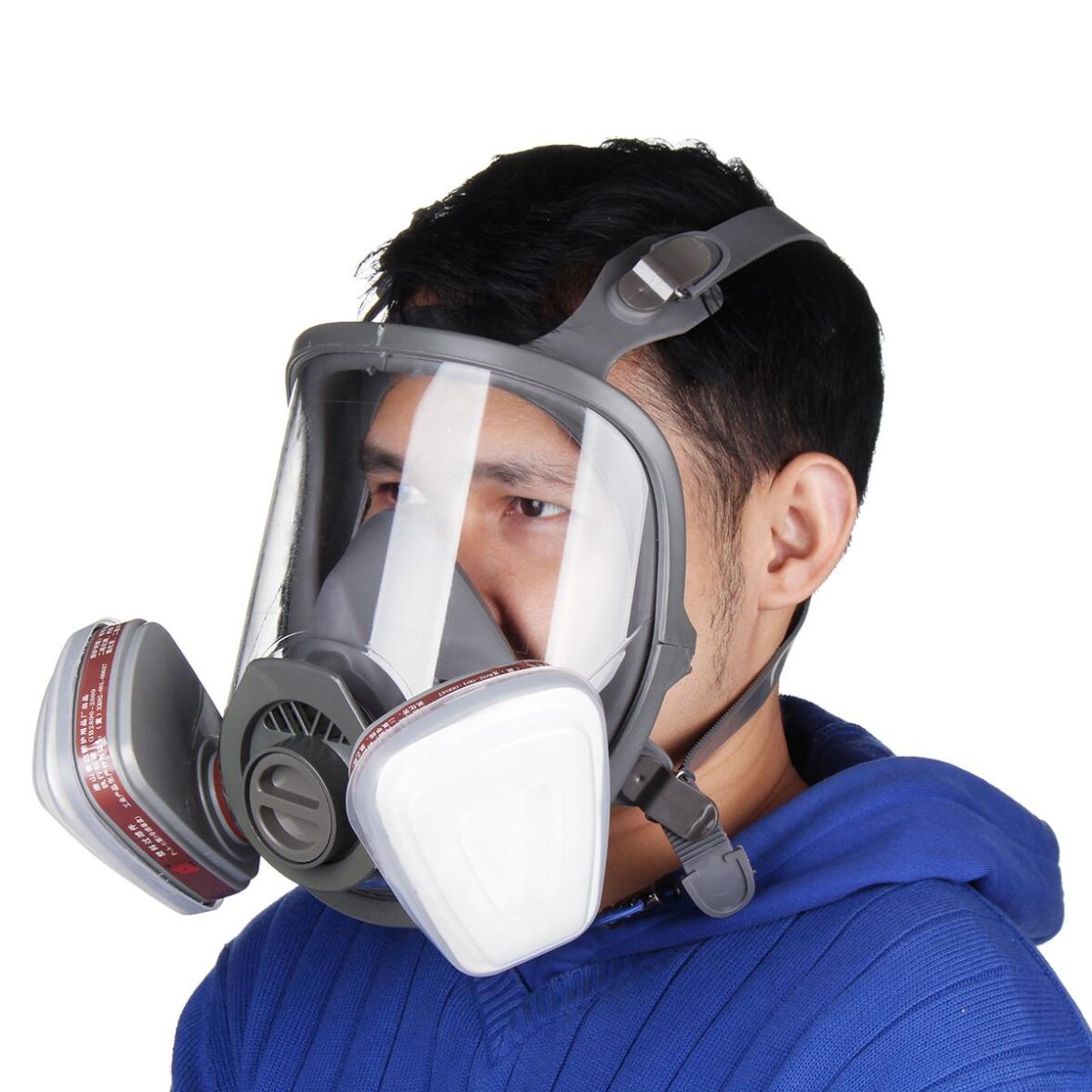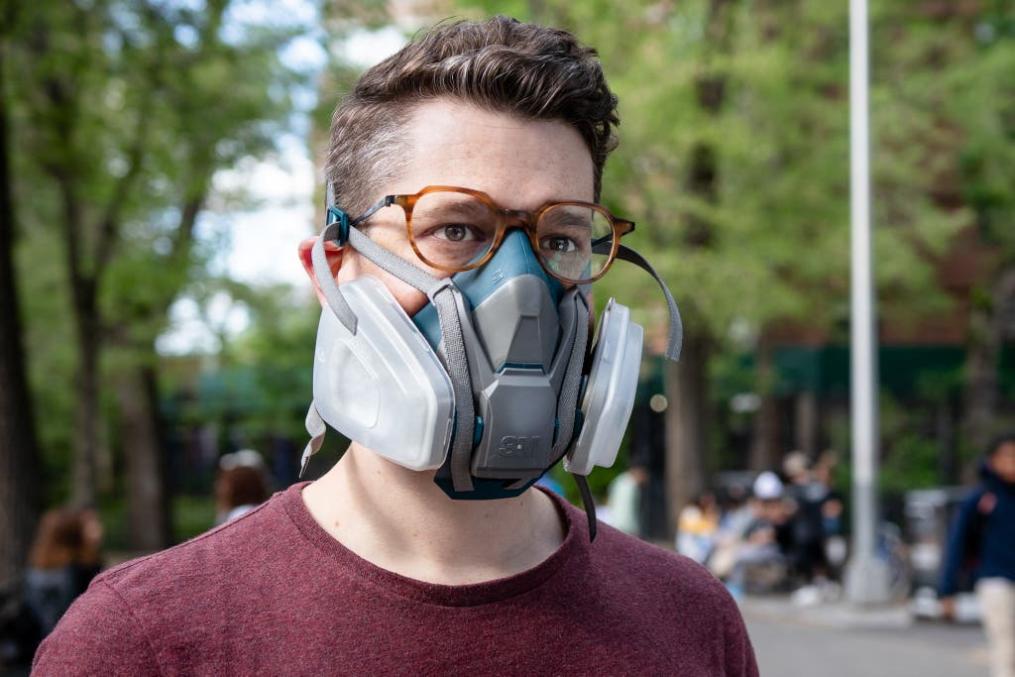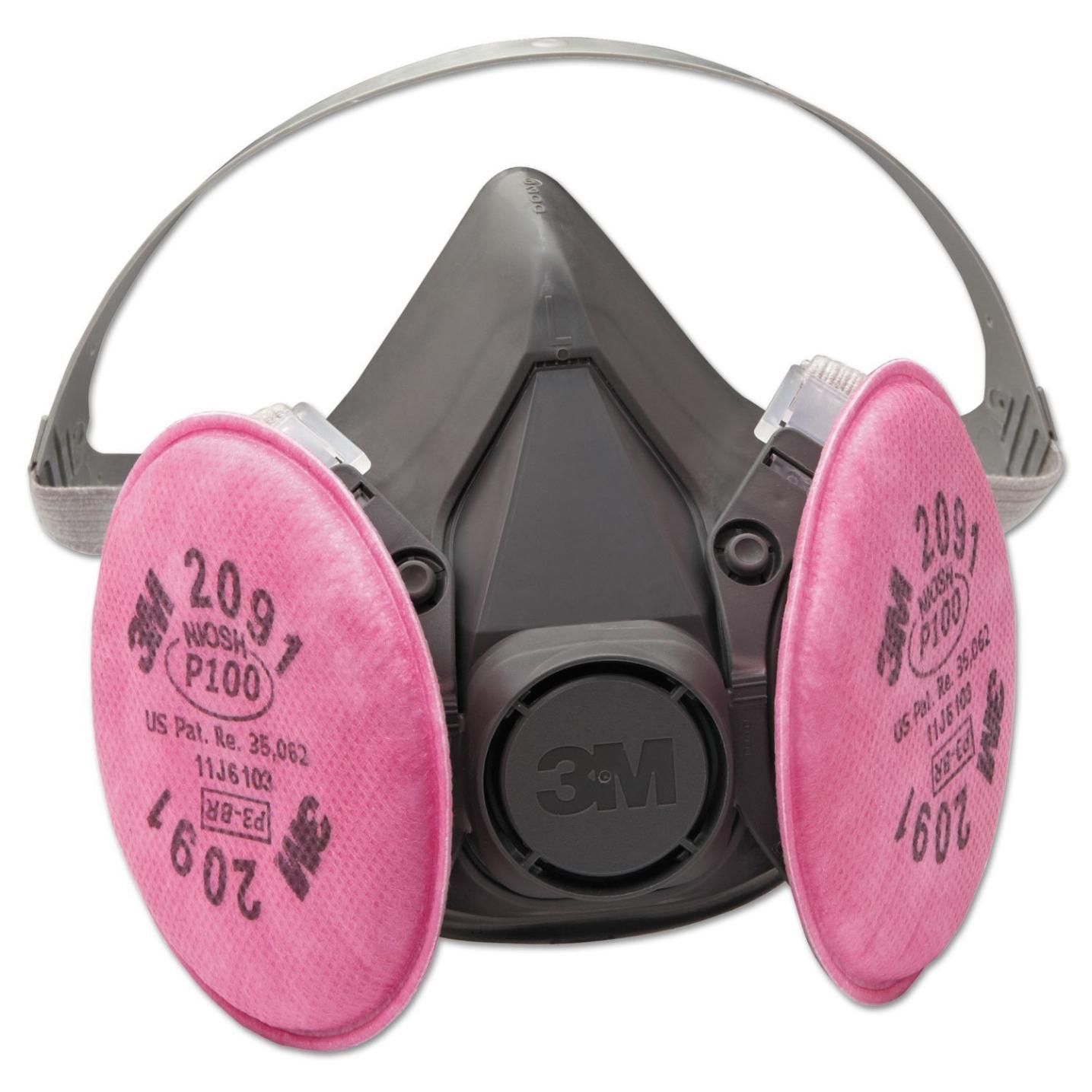Unmasking the Confusion: A Guide to Face Masks and Respirator Masks
The COVID-19 pandemic has brought about a surge in the use of face masks and respirator masks. While both types of masks serve the purpose of protecting individuals from respiratory droplets, there is often confusion and misconceptions surrounding their use. This article aims to provide a clear and comprehensive comparison of face masks and respirator masks, helping readers make informed decisions about mask-wearing.

Understanding Face Masks
Face masks are general-purpose coverings that help reduce the spread of respiratory droplets. They come in various types, including:
- Cloth Masks: Made from fabric, cloth masks are reusable and can be easily made at home or purchased. They offer basic protection by filtering out large respiratory droplets.
- Surgical Masks: Disposable masks made from non-woven material, surgical masks are designed to protect the wearer from splashes and sprays. They are commonly used in healthcare settings.
- N95 Masks: N95 masks are disposable respirators that filter out at least 95% of airborne particles, including small particles like viruses and bacteria. They provide a higher level of protection compared to cloth and surgical masks.
Exploring Respirator Masks
Respirator masks are specialized masks designed to provide a higher level of protection against hazardous substances. They include:
- N95 Respirators: N95 respirators are NIOSH-approved masks that filter out at least 95% of airborne particles. They are commonly used in healthcare settings, construction, and other industries where exposure to hazardous substances is a concern.
- N99 Respirators: N99 respirators are NIOSH-approved masks that filter out at least 99% of airborne particles. They offer a higher level of protection compared to N95 respirators.
- P100 Respirators: P100 respirators are NIOSH-approved masks that filter out at least 99.97% of airborne particles. They provide the highest level of protection among respirator masks.
Comparing Face Masks And Respirator Masks

The following table provides a comparison of the key features of face masks and respirator masks:
| Feature | Face Masks | Respirator Masks |
|---|---|---|
| Purpose | General protection against respiratory droplets | Specialized protection against hazardous substances |
| Types | Cloth masks, surgical masks, N95 masks | N95 respirators, N99 respirators, P100 respirators |
| Materials | Fabric, non-woven material | Synthetic materials, activated carbon |
| Filtration Efficiency | Varies depending on the type of mask | At least 95% (N95), 99% (N99), 99.97% (P100) |
| Breathability | Generally more breathable | Less breathable due to tighter fit and higher filtration |
| Fit | Loose fit | Tight fit to ensure a seal around the face |
| Cost | Generally lower cost | Generally higher cost |
| Availability | Widely available | May be less readily available |
Choosing The Right Mask
The choice of mask depends on individual needs and risk factors. Consider the following factors when selecting a mask:
- Level of Exposure to COVID-19: If you are at high risk of exposure, such as working in a healthcare setting or living with someone who is COVID-19 positive, a respirator mask may be more appropriate.
- Underlying Health Conditions: Individuals with underlying health conditions that increase their risk of severe COVID-19 may benefit from wearing a respirator mask.
- Occupation: Certain occupations, such as healthcare workers and construction workers, may require the use of respirator masks due to potential exposure to hazardous substances.
- Personal Preferences: Some individuals may find face masks more comfortable or breathable than respirator masks.

It is important to follow official guidelines and recommendations when selecting a mask. The Centers for Disease Control and Prevention (CDC) provides comprehensive guidance on mask-wearing, including the appropriate use of face masks and respirator masks.
Proper Use And Maintenance
Both face masks and respirator masks require proper use and maintenance to ensure their effectiveness. Follow these guidelines:
- Wear the Mask Properly: Ensure the mask fits snugly over your nose, mouth, and chin. Avoid touching the mask while wearing it.
- Clean and Disinfect Reusable Masks: Wash cloth masks regularly with soap and water. Disinfect N95 masks according to the manufacturer's instructions.
- Dispose of Disposable Masks Safely: Discard disposable masks in a sealed container after use.
- Replace Masks Regularly: Replace disposable masks after each use and cloth masks after multiple uses or if they become visibly soiled or damaged.
Wearing the right mask properly is crucial for protecting yourself and others from COVID-19. By understanding the differences between face masks and respirator masks, individuals can make informed decisions about mask-wearing based on their specific needs and risk factors. It is important to stay informed about the latest guidelines and recommendations regarding mask-wearing to ensure effective protection against COVID-19.
YesNo

Leave a Reply